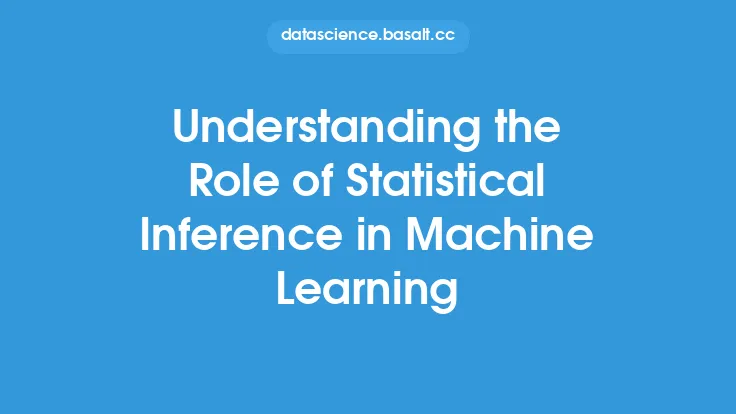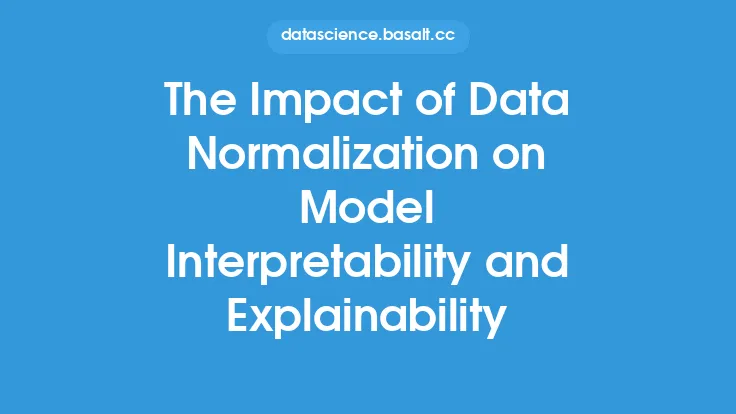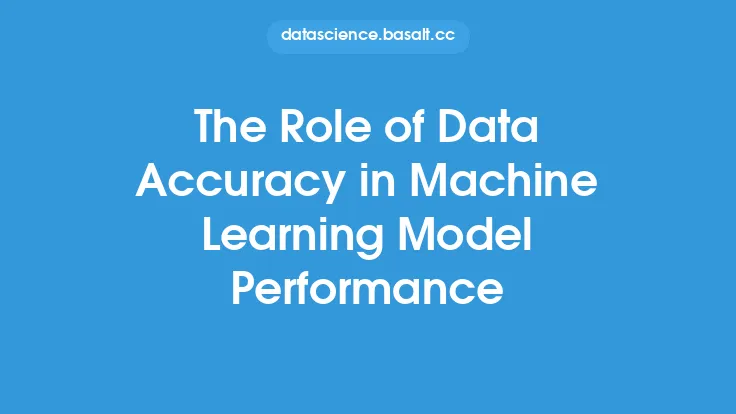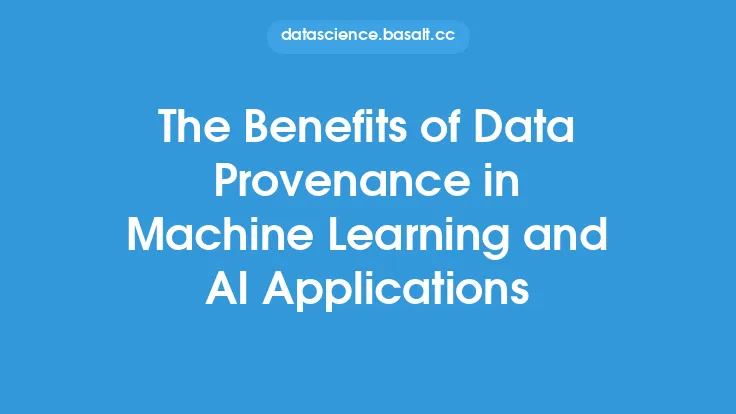Machine learning models have become increasingly complex and sophisticated, making it challenging to understand the underlying decision-making processes. This lack of transparency has led to the development of model interpretability, a subfield of machine learning that aims to uncover the "black box" of machine learning models. Model interpretability is crucial in understanding how models make predictions, identifying potential biases, and improving model performance.
Introduction to Model Interpretability
Model interpretability is the ability to explain and understand the predictions made by a machine learning model. It involves analyzing the relationships between the input features, model parameters, and output predictions. The goal of model interpretability is to provide insights into the model's decision-making process, enabling developers to identify areas for improvement, detect biases, and increase trust in the model's predictions. Model interpretability is essential in high-stakes applications, such as healthcare, finance, and law, where the consequences of incorrect predictions can be severe.
Types of Model Interpretability
There are two primary types of model interpretability: model-specific interpretability and model-agnostic interpretability. Model-specific interpretability refers to techniques that are specific to a particular type of machine learning model, such as decision trees or neural networks. These techniques leverage the model's internal structure and parameters to provide insights into the decision-making process. Model-agnostic interpretability, on the other hand, refers to techniques that can be applied to any type of machine learning model, regardless of its internal structure. These techniques focus on analyzing the relationships between the input features and output predictions, without relying on the model's internal parameters.
Model Interpretability Techniques
Several techniques can be used to improve model interpretability, including feature importance, partial dependence plots, and SHAP (SHapley Additive exPlanations) values. Feature importance involves assigning a score to each input feature, indicating its relative importance in the model's predictions. Partial dependence plots visualize the relationship between a specific input feature and the predicted output, while controlling for the effects of other features. SHAP values assign a value to each feature for a specific prediction, indicating its contribution to the outcome. These techniques can be used individually or in combination to provide a comprehensive understanding of the model's decision-making process.
Challenges in Model Interpretability
Despite the importance of model interpretability, several challenges exist in implementing and using interpretability techniques. One of the primary challenges is the trade-off between model complexity and interpretability. More complex models, such as deep neural networks, are often more accurate but less interpretable. Another challenge is the lack of standardization in interpretability techniques, making it difficult to compare and evaluate different methods. Additionally, interpretability techniques can be computationally expensive, requiring significant resources and expertise to implement.
Model Interpretability in Deep Learning
Deep learning models, such as neural networks, pose unique challenges for model interpretability. The complex, non-linear relationships between the input features and output predictions make it difficult to understand the model's decision-making process. Techniques such as saliency maps, feature importance, and layer-wise relevance propagation can be used to improve the interpretability of deep learning models. Saliency maps visualize the input features that are most relevant to the model's predictions, while feature importance and layer-wise relevance propagation analyze the contributions of individual features and layers to the output predictions.
Model Interpretability in Real-World Applications
Model interpretability has numerous applications in real-world domains, including healthcare, finance, and law. In healthcare, model interpretability can be used to understand the factors contributing to disease diagnosis and treatment outcomes. In finance, model interpretability can be used to identify the factors driving credit risk and portfolio performance. In law, model interpretability can be used to understand the factors influencing judicial decisions and outcomes. By providing insights into the model's decision-making process, model interpretability can increase trust, improve performance, and reduce the risk of bias and errors.
Future Directions in Model Interpretability
The field of model interpretability is rapidly evolving, with new techniques and methods being developed to address the challenges of complex machine learning models. Future directions in model interpretability include the development of more efficient and scalable techniques, the integration of interpretability into the model development process, and the creation of standardized evaluation metrics for interpretability techniques. Additionally, the increasing use of machine learning in high-stakes applications will drive the need for more transparent and explainable models, further emphasizing the importance of model interpretability.
Conclusion
Model interpretability is a critical component of machine learning, enabling developers to understand the decision-making processes of complex models. By providing insights into the relationships between input features, model parameters, and output predictions, model interpretability can increase trust, improve performance, and reduce the risk of bias and errors. As machine learning continues to play an increasingly important role in real-world applications, the importance of model interpretability will only continue to grow, driving the development of new techniques and methods to uncover the "black box" of machine learning models.





